Why did Qianlong spend money to build the most lavish palace in the Forbidden City and not stay?
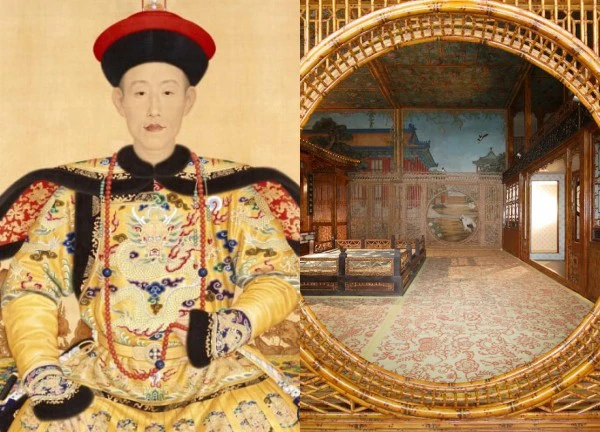
1 | 1 Discuss | Share
The Forbidden City, a symbol of power for 24 Chinese dynasties, has always made many people wonder: why are there no trees in this magnificent campus? The truth behind it has been revealed, surprising many people.
The Forbidden City (also known as the Forbidden City of Beijing ) is a massive palace complex, a symbol of the power of 24 dynasties from the mid-Ming Dynasty to the end of the Qing Dynasty . Built in the 4th year of the Ming Dynasty , this project has a total area of 720,000 m2 with 980 buildings, demonstrating the majesty, etiquette and supreme class of the feudal dynasties of China .
However, what makes many visitors wonder when they have the opportunity to visit is why the area of Tam Dai Dien (including Thai Hoa, Trung Hoa and Bao Hoa) - the places where the emperor exercised his ruling power and held solemn ceremonies - is completely treeless. Although there is no official answer, researchers have put forward the following 4 hypotheses to explain this unique architectural mystery.
The first hypothesis is that the lack of trees was to enhance the majesty of the imperial court. The Three Great Halls were the center of power, where the supreme authority of the emperor, who was considered the "Son of Heaven" , was demonstrated. Therefore, nothing around was allowed to be higher than the Thai Hoa Palace, including trees, to maintain absolute solemnity.
Furthermore, a large, quiet space without a single tree would create an atmosphere of pressure and fear for the officials when entering the palace. When they only saw the high roofs, they would feel even smaller and more devoted to the emperor. In addition, planting trees could also attract birds and other animals, losing the solemnity and dignity of the palace.
The second hypothesis explains that not planting trees in the Three Great Halls was to eliminate hiding places for villains and assassins. The emperor was the one who held supreme power, so there was no shortage of enemies. Ensuring the king's life became the top priority. All activities of the king had to be thoroughly checked and absolutely safe. Trees could become ideal hiding places for those who wanted to monitor and assassinate the king, so removing trees was an effective protection measure.
A typical event occurred in the 18th year of Jiaqing (1813), Qing Dynasty . A group of rebels secretly infiltrated the Forbidden City . When they were being pursued closely and saw that the Longzongmen Gate was closed, the assassins climbed a large tree nearby, cut its branches and prepared to set fire to the guard post. Although the plan failed, the incident caused deep insecurity for the Jiaqing Emperor . From then on, no trees were allowed to be planted around the Three Great Halls to prevent similar incidents and to prevent the large trees from becoming hiding places for assassins.
The third hypothesis is related to fire prevention. The Forbidden City is a complex of wooden buildings, so it is very susceptible to fire. In fact, throughout history, the three palaces in the Three Great Halls have burned down many times. Planting trees in the palace can attract lightning, causing the fire to spread and become difficult to control in the event of a fire. Meanwhile, the ability to put out fires at that time was very limited. If a large fire broke out, it would cause huge damage to life and property, so limiting the planting of trees here is also an effective way to prevent fires.
In addition to the above measures, to prevent fires in the Forbidden City in general, architects through many generations of kings had to rack their brains to come up with many different ways. Specifically, in the Forbidden City , there are 4 rows of houses inside made of stone, which look like houses on the outside, but the entire inside is made of stone slabs - these are fireproof walls that the architects painstakingly designed. Or in the grounds of the Forbidden City , there are a total of 308 large cauldrons, all filled with water for fire prevention. In winter, someone will light a fire underneath to keep the water from freezing.
Pu Yi 'betrayed' the Forbidden City, revealing the secret of the eunuchs' struggle, more notorious than the movies? 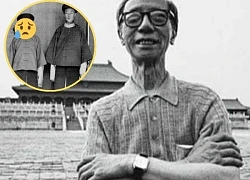 Kim Oanh17:13:44 12/04/2025Once a symbol of supreme power, the Forbidden City with its intricately carved corridors always evokes in people's minds the image of a luxurious, splendid world, where there is only brocade, silk and solemn ceremonies.
Kim Oanh17:13:44 12/04/2025Once a symbol of supreme power, the Forbidden City with its intricately carved corridors always evokes in people's minds the image of a luxurious, splendid world, where there is only brocade, silk and solemn ceremonies.

1 | 1 Discuss | Share
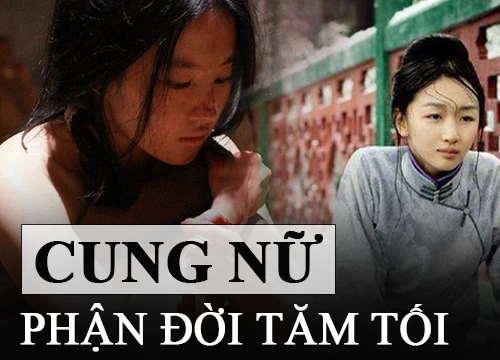
3 | 0 Discuss | Share
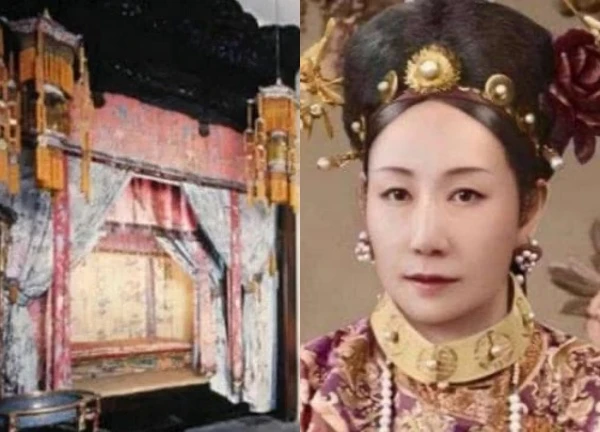
2 | 0 Discuss | Share
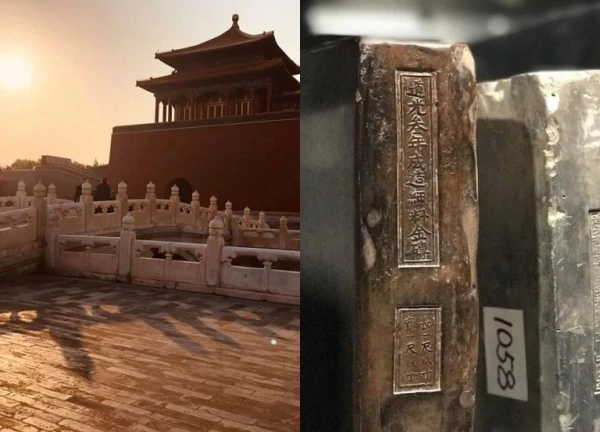
2 | 0 Discuss | Share
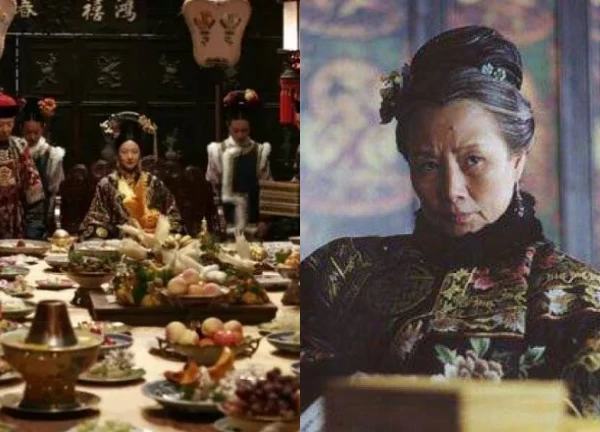
3 | 0 Discuss | Share

2 | 0 Discuss | Share
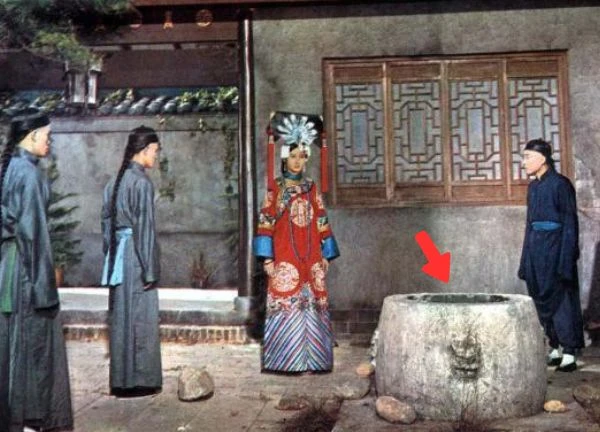
1 | 0 Discuss | Share
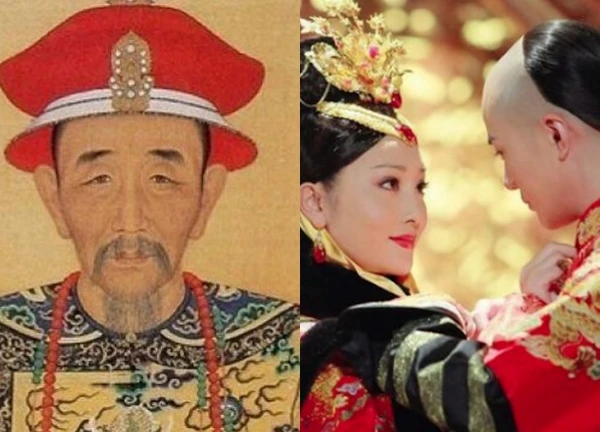
4 | 0 Discuss | Share
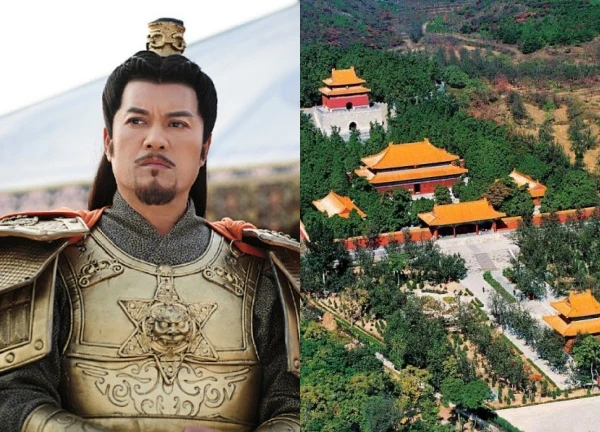
4 | 0 Discuss | Share
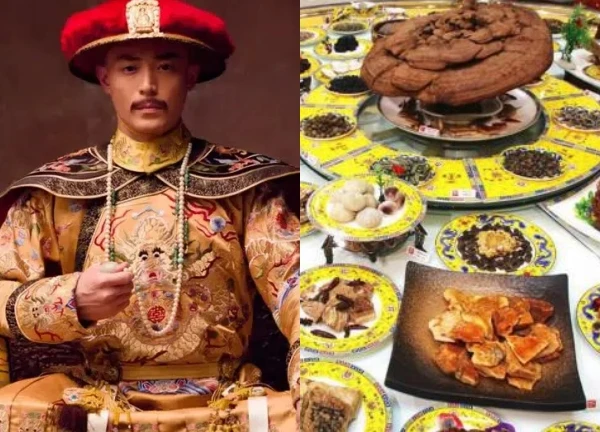
2 | 0 Discuss | Share

3 | 0 Discuss | Share
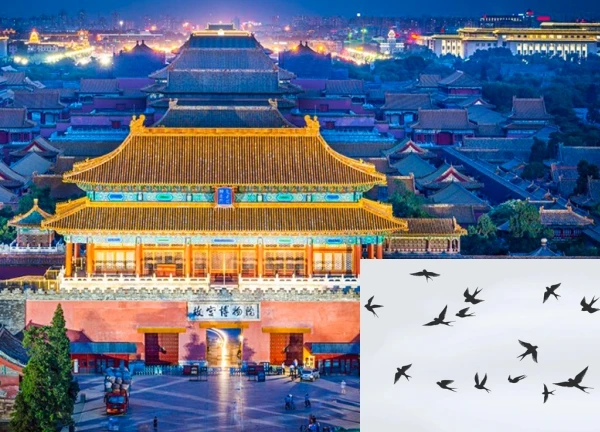
1 | 1 Discuss | Share
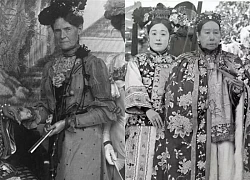


1 | 0 Discuss | Report